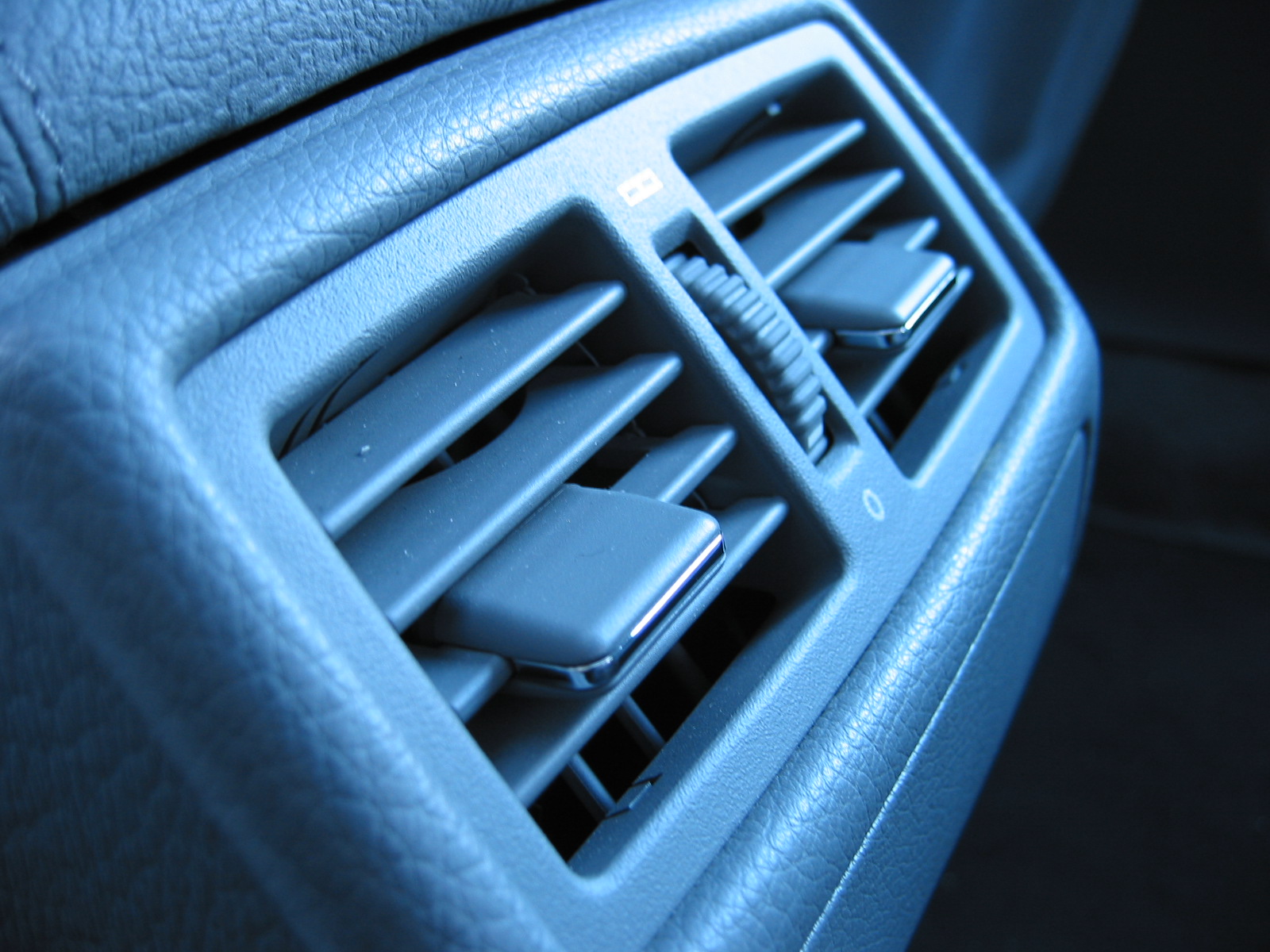This summer has been hot. Temperatures have regularly been in the 80s or 90s and your vehicle’s cooling and air conditioning systems are working overtime. Working in auto repair, folks get these two systems confused all of the time. And they are very different.
- Coolant System: The coolant system, also known as the cooling system, is responsible for regulating the engine’s temperature to prevent overheating. It consists of several components, including the radiator, water pump, thermostat, hoses, and coolant/aintifreeze. Here’s how it works:
- The engine produces a significant amount of heat while running (think of thousands of explosions every minute in 4 to 8 cylinders, its hot), and the coolant fluid absorbs this heat.
- The water pump circulates the coolant throughout the engine, allowing it to absorb the heat.
- The hot coolant flows through the radiator, where it releases the heat to the surrounding air through a series of fins.
- As the coolant cools down, it returns to the engine to repeat the cycle.
The primary purpose of the coolant system is to maintain the engine at an optimal operating temperature to ensure efficient combustion and prevent damage due to overheating.
- Air Conditioning System: The air conditioning system, commonly referred to as the AC system, is responsible for cooling and dehumidifying the air inside vehicle. It helps maintain a comfortable environment you and your passengers. Here’s how it works:
- The AC system utilizes a refrigerant, such as R134a (the new refrigerant is R1234-YF), which circulates through a closed loop of components.
- The compressor pressurizes the refrigerant gas, raising its temperature and pressure.
- The hot, high-pressure refrigerant flows to the condenser, located in front of the car’s radiator.
- As air passes over the condenser, it cools the refrigerant, causing it to condense into a liquid state.
- The liquid refrigerant then passes through an expansion valve, which reduces its pressure, causing it to rapidly evaporate.
- The evaporating refrigerant absorbs heat from the air, cooling it down.
- The cooled air is blown into the cabin by the blower fan, providing a comfortable interior temperature.
In summary, the coolant system regulates the engine’s temperature to prevent overheating, while the air conditioning system cools and dehumidifies the air inside the passenger compartment for occupant comfort. Basically, air conditioning keeps your comfortable and the cooling system keeps your engine comfortable.



